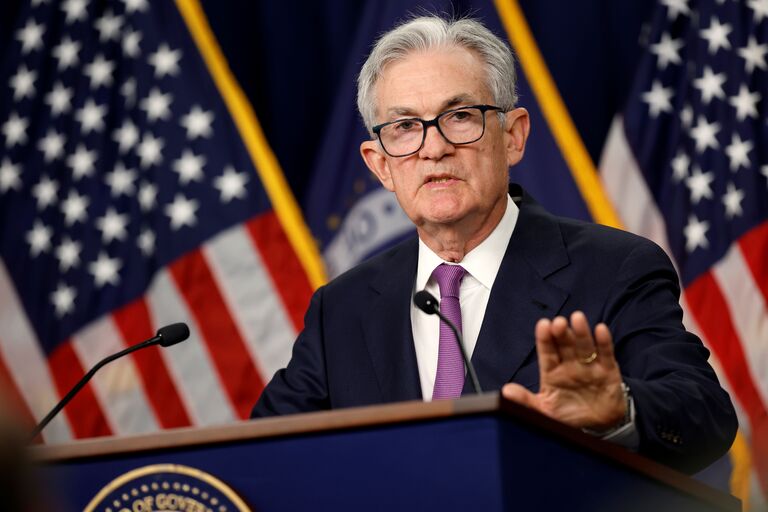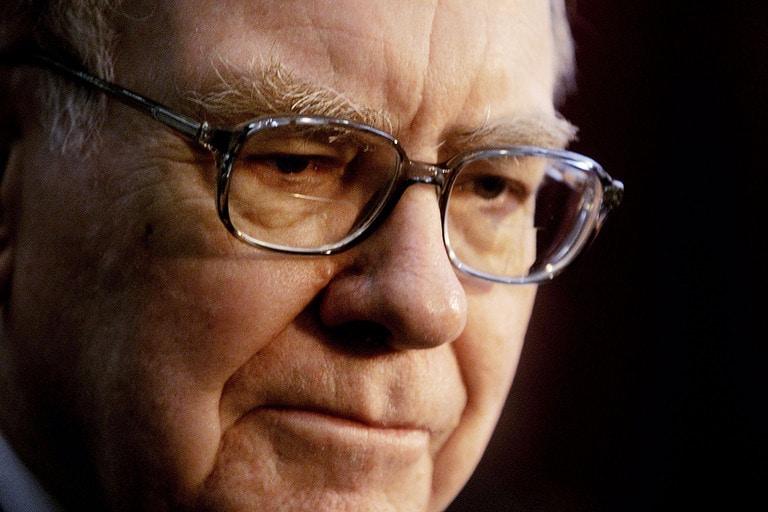This Friday, major US banksJPMorgan, Wells Fargo, Citigroup, and Bank of New York Mellon release second-quarter results to kick off US earnings season.
The S&P 500 will head into earnings season with high valuation levels, including a 12-month forward price-to-earnings (P/E) ratio of 21.2x, according to FactSet, above the 10-year average of 17.9x and the highest since Q1 2022. The current P/E ratio is 26.4x, higher than the 10-year average of 21.5x and the highest since Q4 2021.
The index is overbought on a technical level, with price oscillators like the relative strength index (RSI) and stochastic showing overbought levels on daily and weekly charts. The S&P is also nearly 12% above its 200-day simple moving average (SMA), the highest it has been since March 2024.
High confidence and low volatility
Despite large gains and reported excesses, investor confidence remains high. The target price for the S&P 500 has been revised upwards to 5,972.45 points for the next year, according to the latest S&P Dow Jones Indices consensus published in June.
FactSet reports that analysts' earnings per share (EPS) estimates for the S&P 500 have only been revised by 0.5% in the past three months, compared to the usual reduction of 3.4%, despite a significant macroeconomic slowdown.
Volatility levels are low, with the July 2024 Volatility Index below 14% and the August 2024 Volatility Index below 15%. Daily variation ranges are narrow, with the average true range (ATR) for the last month under 50 points. This historically low volatility has not spurred increased trading in put options or hedging, which are at their lowest levels since July 2023.
Will S&P 500 tech concentration continue?
The strong performance of the S&P 500 is largely driven by technology, leading to an unprecedented concentration – the 10 largest companies in the S&P 500 make up about 36% of the index. In the Nasdaq 100, companies with market capitalisations over 4.5% of the index (Microsoft, Apple, NVIDIA, Amazon, Broadcom, Meta, and Alphabet) comprise nearly 46% of the overall index, with the potential to trigger a new rebalancing.
The future of these major indices is closely linked to the performances of these mega-corporations. Microsoft, Alphabet, and Tesla are due to report after markets close on 23 July.
Can small companies close the gap with mega-corporations?
Beyond the mega-corporations, a key question is whether small-cap companies can recover or narrow the gap. According to LSEG I/B/E/S, revenue and profit for the Russell 2000 are projected to grow by 0.5% and 19.5% respectively, with a simultaneous increase not being seen since Q4 2022.
Looking ahead, earnings growth for small-cap companies is expected to be robust: 63.1% for Q3 2024 and 89.4% for Q4 2024. This far exceeds the projected growth for the S&P 500: 10.1% for Q2 2024, 8.4% for Q3 2024, and 14.8% for Q4 2024.
First salvos from the financial sector
On Friday12 July, key companies in the financial sector are set to release earnings. JPMorgan Chase is expected to report EPS of $4.13, down 17.1% from the same quarter last year, Wells Fargo is projected to report EPS of $1.28, up 2.6%, and Citigroup is expected to report EPS of $1.22, up 2.6%.
The financial sector, represented by the Financial Select Sector SPDR Fund, has stalled at its previous all-time high from January 2022, consolidating in recent months. These earnings results could act as a catalyst in breaking through resistance levels, or lead to some profit-taking.
FactSet consensus forecasts a 4.3% profit increase for the US financial sector overall. Insurance (+31%) and capital markets (+23%) are expected to contribute positively, while financial services are expected to remain flat, and US banks could drag the sector down (-10%). Regional banking is expected to be hit hardest (-26%) compared with larger banks (-10%).






